Finishing with King
"'You lose your selective perception,' the rat said. 'It happens to you every time. On the novels, at least. Doesn't happen at once, but as the book grows and begins to breathe, more choices need to be made and your selective perception erodes.'
'Writers have different habits, different ways of getting in the groove, and they work at different speeds, but to produce a long work, there must always come extended periods of focused narration.'
'At every single moment during those focused periods -- those flights of fancy -- the writer is faced with at least seven choices of word and expression and detail. Talented ones make the right choices with almost no conscious consideration; they are pro baskketball players of the mind, hitting from all over the court.'"
[the Rat in the story "Rat" in If it Bleeds by Stephen King]
King published If It Bleeds in April, 2020. The book has four novellas. Mr. Harrigan's Phone, The Life of Chuck, and Rat are slightly under 100 pages each. If It Bleeds is almost 200 pages.
As the Rat (King) explains, writing is about making choices -- words, details, pace. As the story grows, those choices are more more complex. Good writing is a challenge for most writers, and although the Rat suggests that great writers can effortlessly produce great writing, I'm reminded of Gene Fowler's comment -- "Writing is easy. All you do is stare at a blank sheet of paper until drops of blood form on your forehead."
And -- When asked by the Paris Review what compelled him to rewrite the ending of A Farewell to Arms 39 times, Ernest Hemingway replied, “Getting the words right.”
Stephen King gets the words right. A great writer to finish out a long reading year.
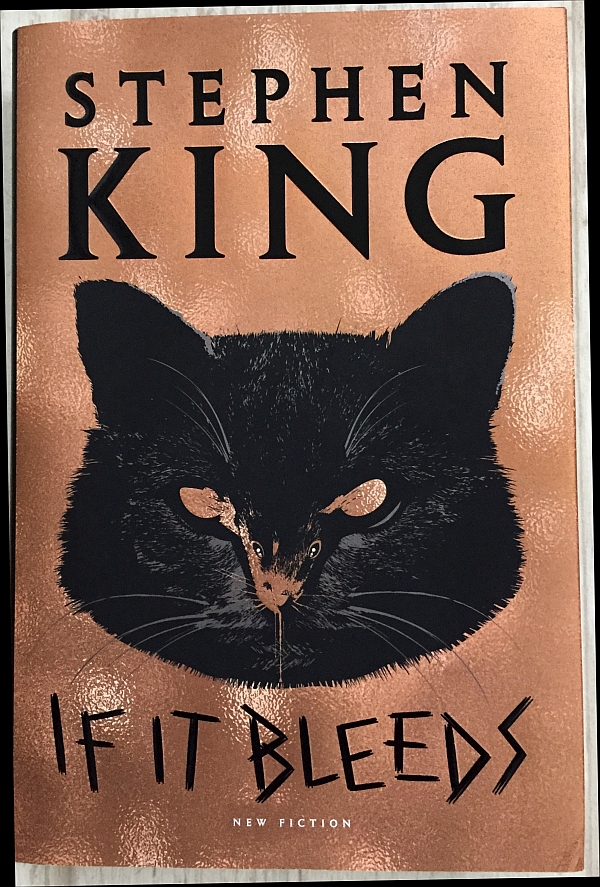
My earlier December book was Kathy Reich's Deadly Decisions.
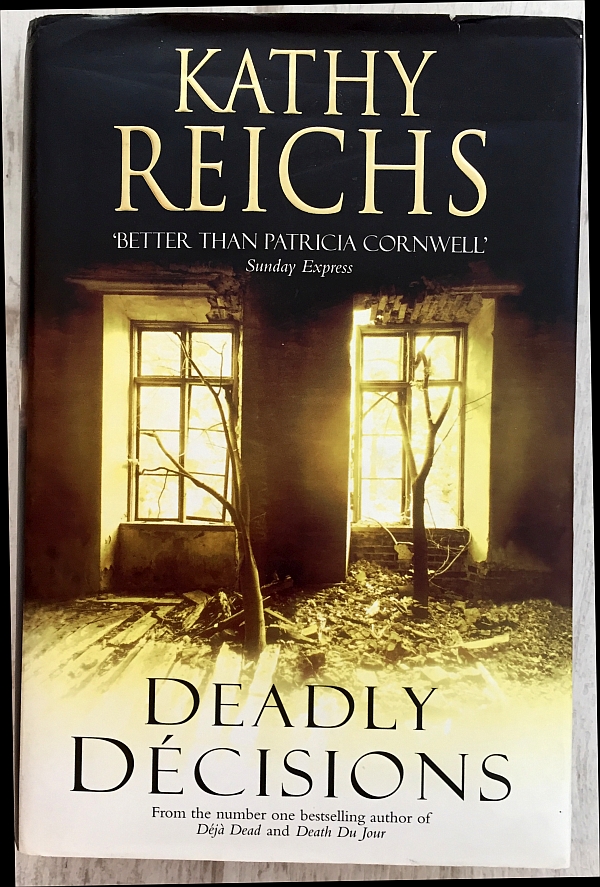
This was a year for a lot of reading, at least for me. I finished 23 books. There were others.
Here are the 23.
Jack Higgins, Year of the Tiger
Elmore Leonard ,Split Images
J.K Rowling, Harry Potter & the Prisoner of Azkaban
E. R. Frank, Life Is Funny
Olive Ann Burns, Cold Sassy Tree
Olive Ann Burns, Leaving Cold Sassy
Kathy Reichs, Fatal Voyage
John Irving, A Widow for One Year
Stephen King ,The Institute
Jo Nesbo, Headhunters
Kathy Reichs, Bones Never Lie
Chris Bohjalian, Water Witches
Jonathan Lethem, Dissident Gardens
J.K Rowling, Harry Potter & the Goblet of Fire
Kathy Reichs,, Break No Bones
Margaret Atwood, The Handmaid's Tale
Jerome Lawrence / Robert E. Lee, Inherit the Wind
Khaled Hosseini, The Kite Runner
Richard Russo, That Old Cape Magic
John Irving, The Cider House Rules
Dashiell Hammett, The Thin Man
Kathy Reichs,Deadly Decisions
Stephen King, If It Bleeds
[December 25, 2020] [top]
Thin Man
"I was leaning against a bar in a speakeasy on Fifty-second Street, waiting for Nora to finish her Christmas shopping, when a girl got up from the table where she had been sitting with three other people and came over to me. She was small and blonde, and whether you looked at her face or her body in powder-blue sports clothes, the result was satisfactory.
'Aren't you Nick Charles?' she asked.
I said: 'Yes.' "
[The Thin Man by Dashiell Hammett]
Dashiell Hammett's "The Thin Man" was published in 1933. Elmore Leonard might have written that opening paragraph but it would have been 50 years later. Hammett may have been the creator of the modern mystery/detective novel.
He writes in the vernacular of the times (the early '30s for this story). For example, when Nick says "I'm getting tight" he's saying he's drunk too much alcohol. There are many other words and phrases whose meanings are clear through context, but they are expressions no longer used, at least in the way the were 90 years ago. My sense is that this language disparity would not be true for a Henry James novel, but I may be completely wrong. The book is mostly dialog, however, and although it's only 180 pages, the street language of the early 1930s made it a slow read for me.
My sister Carol tells me about the old movie of the book, starring Myrna Loy as Nora and William Powell as Nick (and Cesar Romero as Chris Jorgenson!). Although the movie was based on the book, it certainly was not the book. Never is. Read the book.
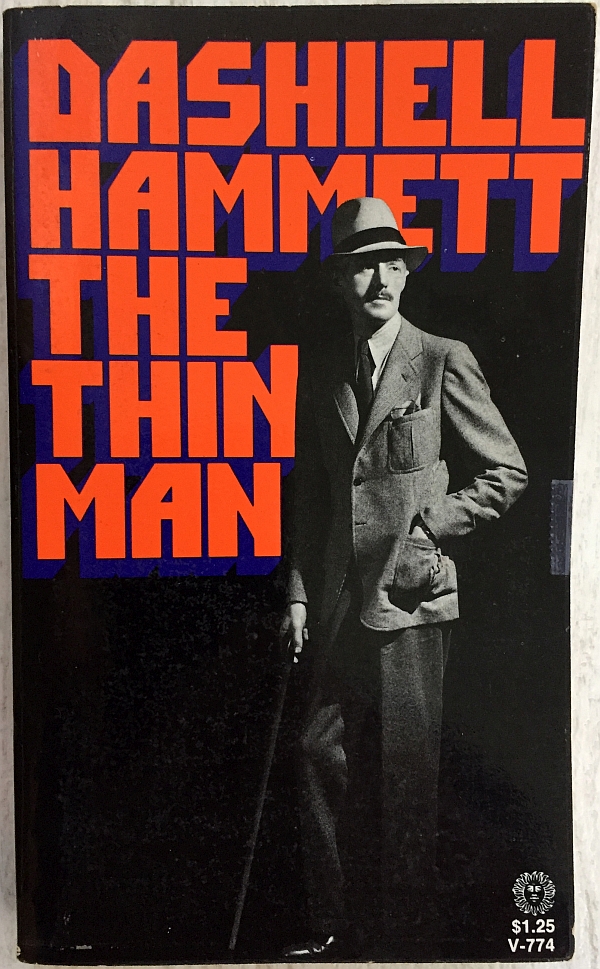
My other November book, begun in October, was John Irving's The Cider House Rules. It's a sprawling (621 pages) epic set in Maine in the first half of the 20th century. It's about orphans and abortion (very connected!), doctors, apples. But those are the props of the novel. The real story is an exploration of how we make decisions to "do the right thing."
To fall in love with the right person at the wrong time, or the wrong person at the right time. It can never be right for Homer, Candy, and Wally. Life is like that.
To do something you're opposed to (abortion in this case) because it is the right thing to do even though you believe it is wrong.
John Irving weaves these dilemmas and others with wit and great nuance throughout a long book that you don't want to end.
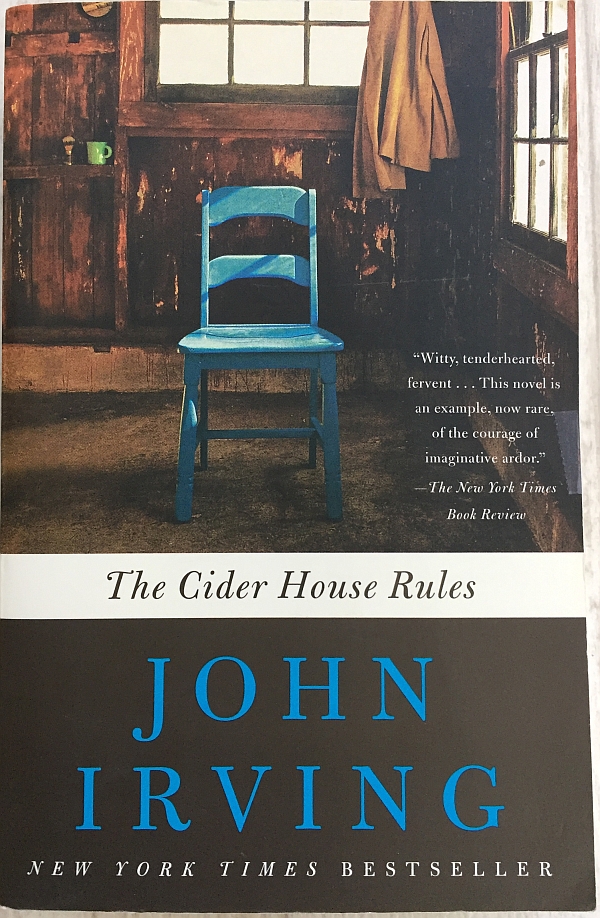
[November 21, 2020] [top]
Miracle of 78s
As in 78rpm records.
The music comes through with a clarity un-matched by other vinyl speeds. It's immediate. The orchestra or piano or violin or singer is right in front of you. The high speed of the needle in the groove of the record and the wide groves themselves create the great sound.
The music listening experience is wonderful.
But.
Each record side lasts about 4 minutes. The records are noisy. Scratchy. Heavy.
A 24-minute piece of music requires 3 heavy records, and you need to flip the record over every 4 minutes or put on the next record. And they usually are noisy and scratchy.
Great sound - through the noise and effort - but not the music experience one would choose often.
I have ended up as the (somewhat) proud owner of a collection of 78s (see below). Many came from the Music Therapy Center in Manhattan (since gone), which was abandoning their collection in the early 1970s.
I carried them, over many weeks, across Central Park from the West Side to the East Side (another story), and then by train to the Borough Park section of Brooklyn.
Then they moved to the Boerum Hill section of Brooklyn. They travelled with me to Billerica, MA, then to North Andover, MA, and finally to Winthrop, Maine.
I'm bewildered by how I carried and hauled these extremely heavy albums.
When I bought a Technics SL BD-22 turntable from Kevin Barrett (KAB Electro Acoustics) I asked for the optional 78rpm switch. This adds 78rpm to the turntable's 33 and 45 settings. Since the 78 grooves are wider than the 33rpm microgrooves, they require their own cartridge and needle, which require a heavier vertical tracking force (VTF) in the 3 to 7 gm range. Kevin offers the Stanton D5167 cartridge to which he has attached a nut to bring the VTF to the 78rpm requirement, since the BD-22 does not provide a VTF adjustment.
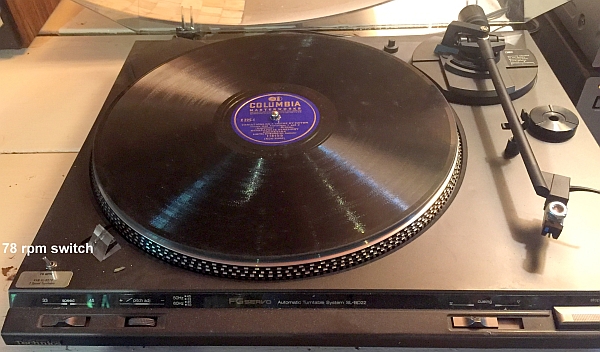
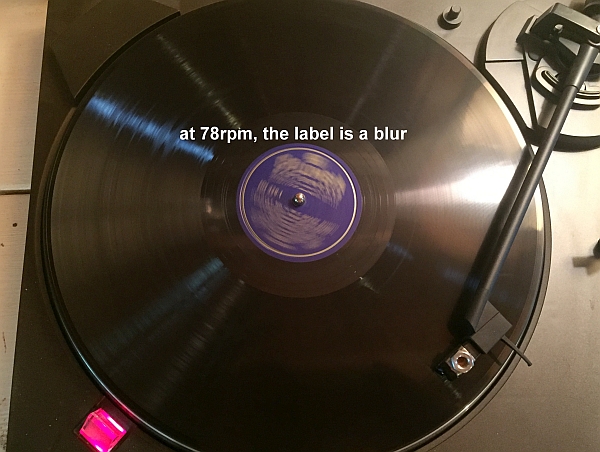
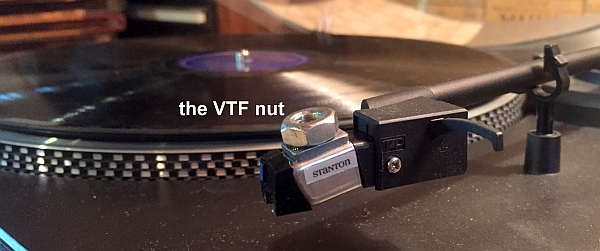


Here are the 78rpm albums that pass the "listenable" test.
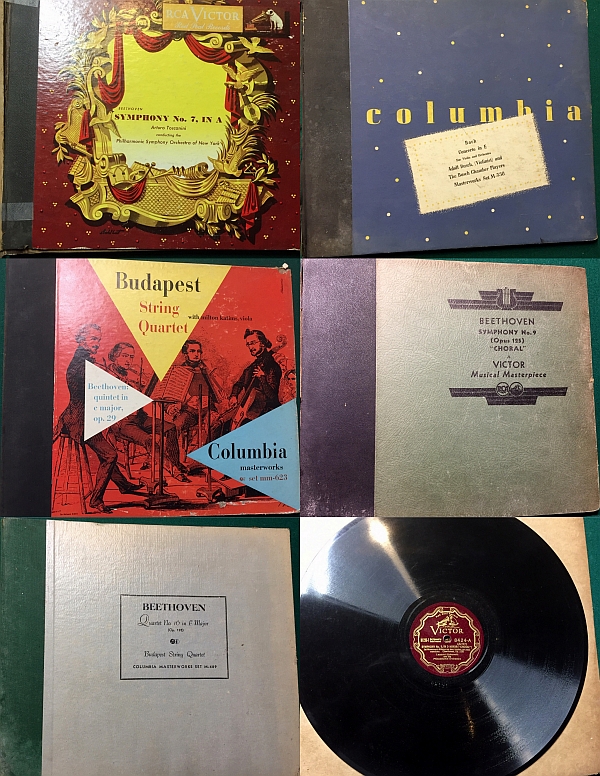
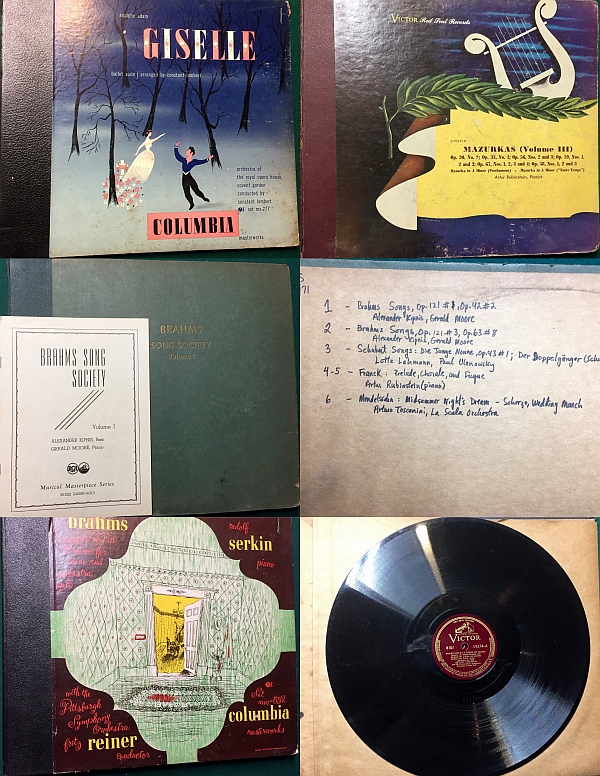
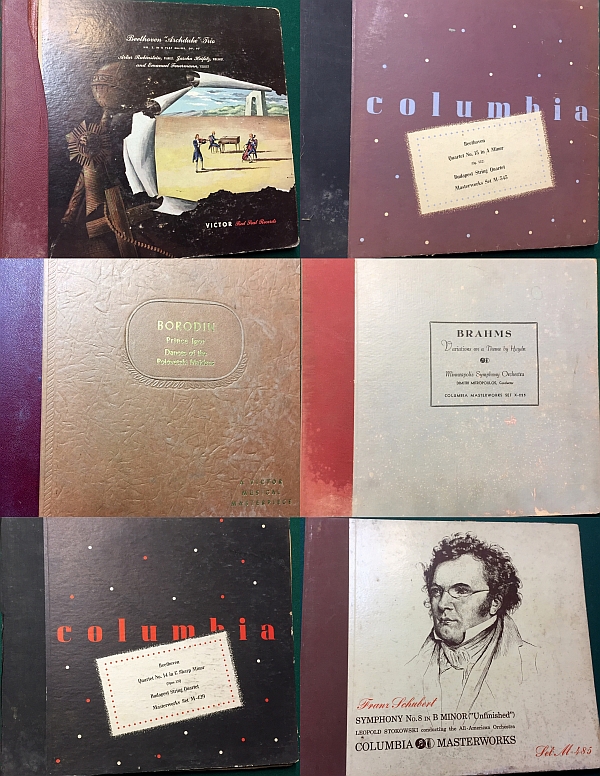
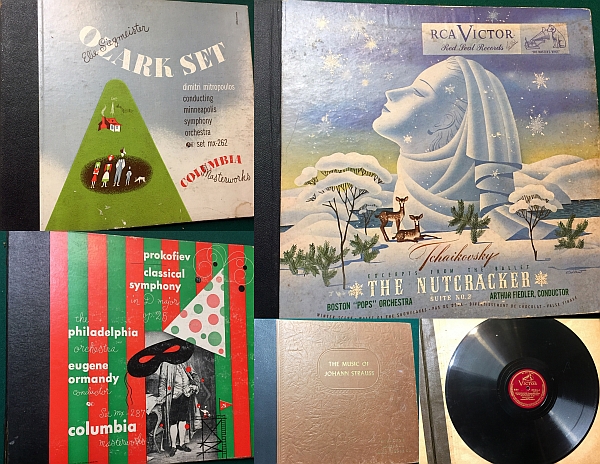
Here are the albums that failed the test and have left us.
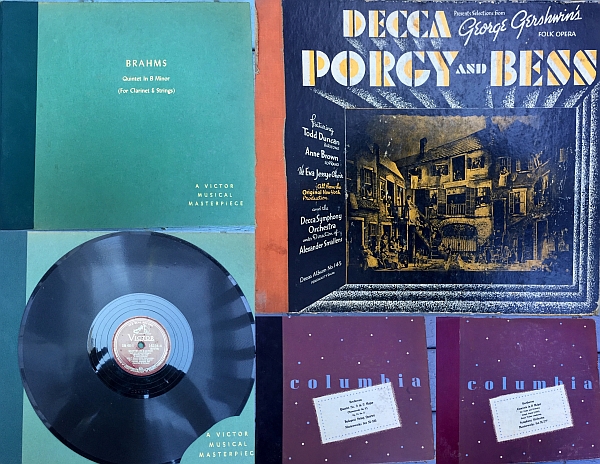
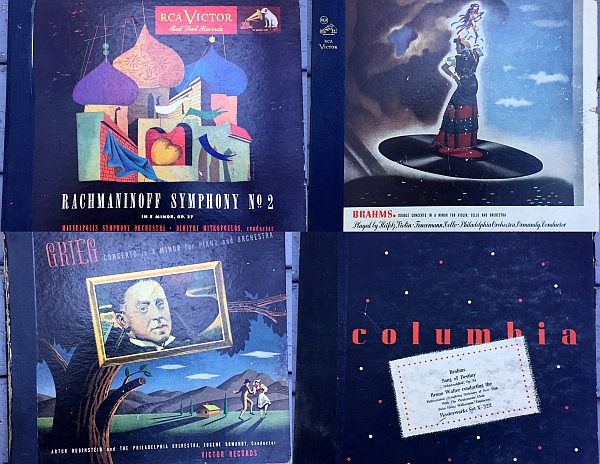
[September 25, 2020] [top]
Darwin, Afghanistan, Cape Cod
"Mr. Drummond, I hope I haven't said anything to offend you. You see, I haven't really thought very much. I was always afraid of what I might think - so it seemed safer not to think at all. But now I know. A thought is like a child inside our body. It has to be born. If it dies inside you, part of you dies, too. Maybe what Mr. Darwin wrote was bad. I don't know. Bad or good, it doesn't make any difference. The ideas have to come out - like children. Some of 'em healthy as a bean plant, some sickly. I think the sickly ideas die mostly, don't you, Bert?"
[Rachel, Inherit the Wind by Jerome Lawrence and Robert E. Lee]
Inherit the Wind is a play written in 1955. The story is based on the 1925 Scopes "Monkey" Trial that resulted in the conviction of a teacher for teaching Charles Darwin's theory of evolution to a high school science class, contrary to a Tennessee state law.
In our current surge of anti-science, from the White House to the pulpit, it seemed a good time to read this classic. One equation is this: anti-evolution = anti-mask. The Bible's creaky Truth is replaced by the misunderstood "freedom" granted by the U.S. Constitution to go maskless. Anti-evolution thinking destroyed minds. Anti-mask thinking destroys bodies. Neither the Bible nor the Constitution are well understood by their loudest supporters.
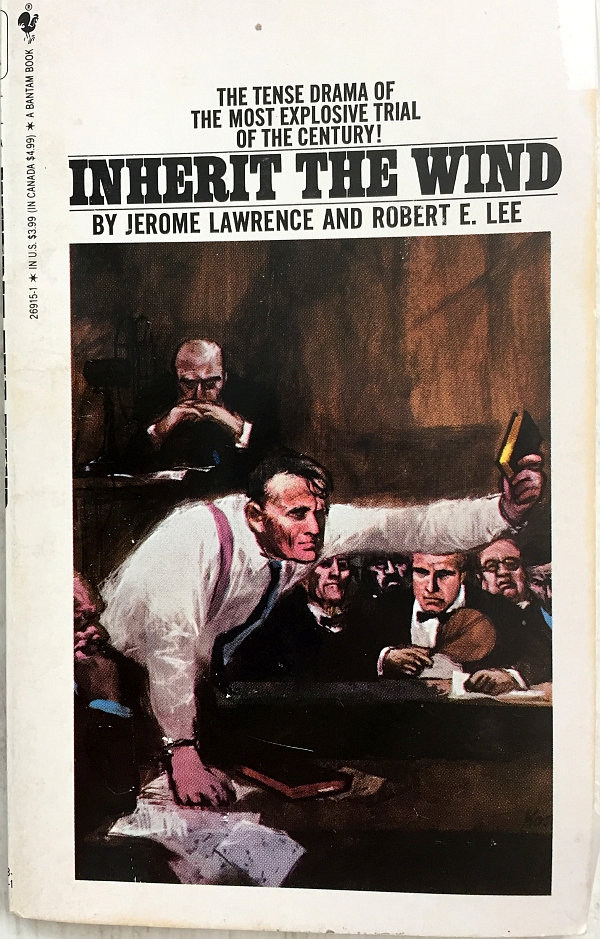
After the Monkey Trial, I chose to plunge deeper into despair. I read The Kite Runner by Khaled Hosseini. This novel from 2003 drags the reader through the reality of Afghanistan. The story is told through the mind of the narrator (hero? anti-hero?), who confirms this bleak thought - no matter how bad things are, they can and will get worse. There was the monarchy, then the Russians invaded, then the Taliban. And we hardly get to the U.S. invasion. But we do live miserably in a culture ill-suited for 21st century liberal values. And I'm thinking - what culture IS suited to those values?

With relief I turned to Richard Russo's That Old Cape Magic, which was content to spend 260 pages telling the story of a thoroughly dysfunctional family. We all can relate to that, eh?
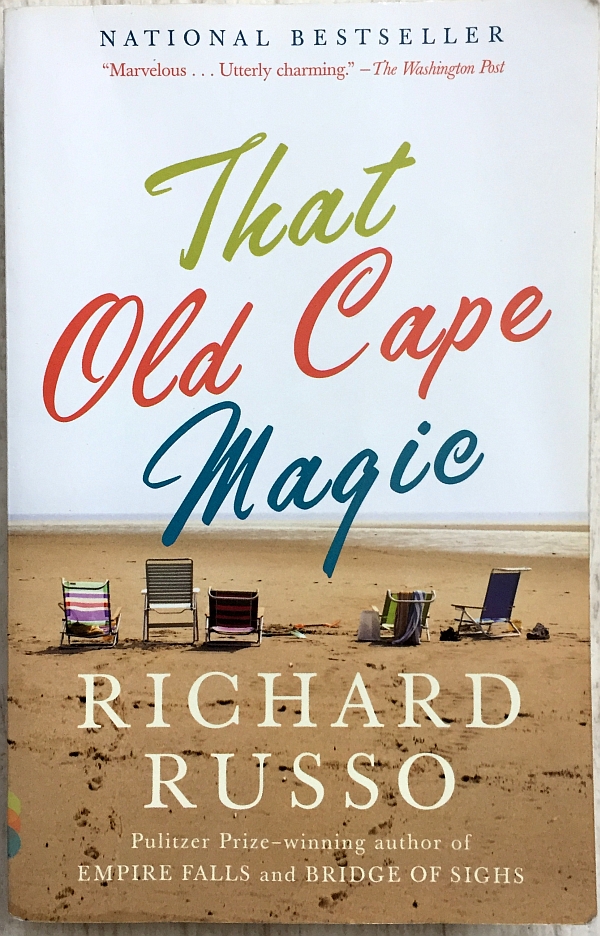
Vintage
Back in August I wrote "Vintage is nice. Reliable vintage is rare." My Sansui AUD77x integrated amp had died and I replaced it with my Scott 260b amp. I was so proud. One 1970s amp replaced with another 1970s amp. I was challenging the Audio Gods and winning! Knock out one vintage amp and I have another one. Hah!
Did I write "reliable vintage is rare" and expect to be immune?
During a pleasant early morning of music recently I noticed silence from the right speaker. Loose wire? Something? Wires ok. Speaker fuse in amp was blown. Put in new fuse. Nothing. Stood there and cried. Ok, did not cry, but did say "oh heck" and went to get the lesser vintage Onkyo TX-8211 receiver.
[September 23, 2020] [top]
The Handmaid's Tale
"I'd like to have Luke here, in this bedroom while I'm getting dressed, so I could have a fight with him. Absurd, but that's what I want. An argument, about who should put the dishes in the dishwasher, whose turn it is to sort the laundry, clean the toilet; something daily and unimportant in the big scheme of things. We could even have a fight about that, about unimportant, important. What a luxury it would be. Not that we did it much. These days I script whole fights, in my head, and the reconciliations afterwards too."
Your life is not so bad that it couldn't get worse. Loss of self, of identity The Handmaid's Tale was written by Margaret Atwood in the mid-1980s and projects a dystopian future. Everything in Atwood's story has happened or is happening now, just not to you. Or me. But we all are cattle, to be used to give life to our superiors. Our social contract that we are fellow humans and should not be used as cattle is a thin argument against the Word of God. Which is so vague.
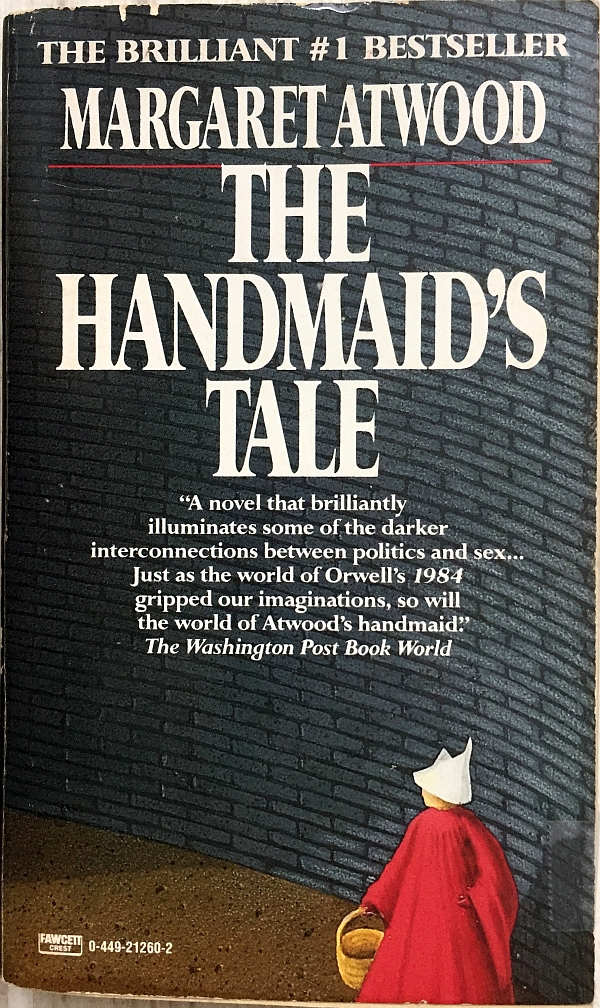
[August 13, 2020] [top]
Potter, Bones, Scott
Hermione Granger had buck teeth, bad hair, and was plain. Ron Weasley was rude and simple, though loyal to Harry. These character qualities did not make it from the books to the movies. Emma Watson - not plain, good hair, perfect teeth. In Goblet of Fire, Hermione's teeth were fixed, she did something with her hair for the Ball, and "plain" is a matter of opinion. As for Ron, Rupert Grint in the movies presents Ron as less insufferable than the book version of Harry's best friend.
July was the time to read J.K. Rowling's Harry Potter and the Goblet of Fire, the 4th Potter book. By year 4, the books have grown to almost 800 pages. And Goblet may have been the last movie version I saw.

After fretting about Dark Magic for several weeks, I needed to be grounded with traditional murders and dug up bodies. Break No Bones by Kathy Reichs did the job. I still miss the frisson at play between the TV version of Temperance Brennan and Seeley Booth. Detective Andrew Ryan in the books has some of the Seeley role, but the two tend to whine at each other in the books. It's an example where a glance on screen says more than 3 pages of emotional plodding.
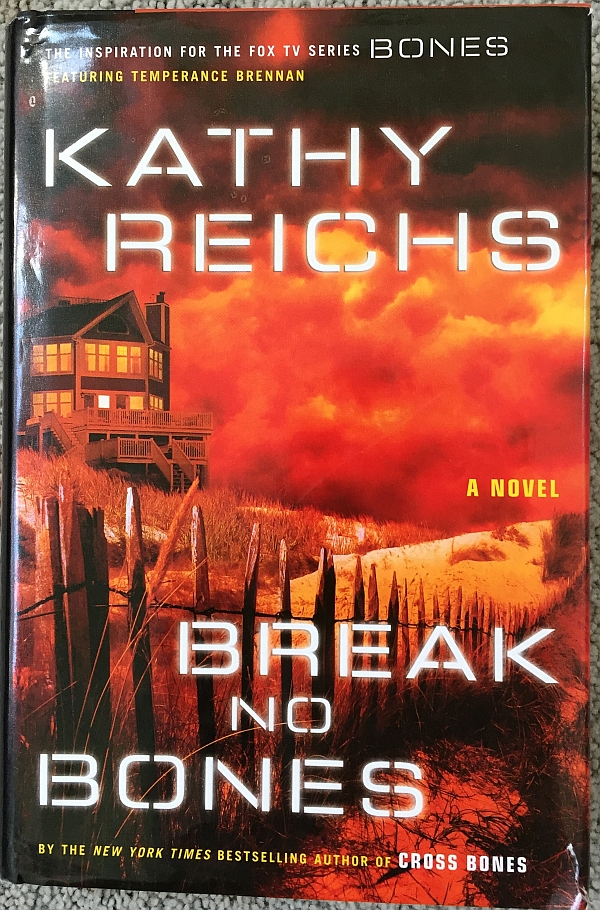
At the end of May I described a couple of my music systems. The Living Room's was powered by a vintage Sansui AUD77x integrated amp. This gorgeous chunk of 1970s audio technology has had a troubled life. It breaks down. I've had it repaired a few times, and it glows back to life. But not for long. A month ago it gave up, again. Vintage is nice. Reliable vintage is rare.
The challenge is to fit a unit into a space that allows a depth of only 12 inches. And there's no room for separate power and pre amplifiers. Has to be integrated. New integrated amps have depths of 14 to 16+ inches. Maybe 13, but that's still too deep. There are a couple that fit the size requirement, but I'm not drawn to them.

And here comes my old H.H. Scott 260b integrated amp. In the early 1970s I wanted to upgrade from the Lafayette amp that I had built from a kit, so I took the subway from our apartment in Brooklyn to Defa Electronics in the far upper West Side of Manhattan. It may have been the Bronx up there. I don't remember how I settled on the Scott, but Fisher and Scott were the two big "mid-fi" names back then. The 260b came with a nice wooden case, but the owner at Defa wanted to charge me $20 extra for the case. I said that seemed unfair and another worker at the store agreed with me. I always used the case except for now, where it would not fit the space. And I like the look without the case.
The on-off switch is the same as the volume knob, and many years ago the switch stopped working, although it still worked well as a volume control. My solution was to wire a line switch in the AC cord coming out of the back of the amp. Simple.
Among the many unusual features of the 260b is its ability to send a left or right input to the speakers. This was useful for those of us who recorded on left and right channels on open reel tapes. We could then select the left or right channel to play back, in mono of course. For those on (very) limited budgets, this meant that an 1800' tape could hold a huge amount of music.
Since I had some of those tapes with family memories I wanted to hear and preserve, I took my Sony 255 open reel deck and Scott 260b over to Joe Bukowski at Salem HiFi for cleaning and re-hab. He saw that line switch, shook his head, and said "you can't use it like that." Well, I had for many years, but he was right. He drilled a hole next to the volume knob and wired a new on/off switch. So the 260b is no longer in its original form, but it's working well.
Another feature of the 260b is the "reverse stereo" switch. After the almost impossible task of wiring it up and fitting it into the 12" deep space, I sat back to listen. Sounded fantastic. Except . . . . the first violins were coming from the right speaker instead of the left. Aaaaachhh. But wait. Reverse Stereo Switch. Ahhhhh.
[August 5, 2020] [top]
May-June Books
"Soon, before he'd learned to read, Sergius memorized and could subvocally incant the whole sacrament of Ferdinand the Bull Who Refused the Bullfight. Ferdinand, who grew strong and handsome and retained the love of his mother who endured the bee's sting. Ferdinand, who disdained the feistiness of his peers and the red of the cape, who never relented in his love of peace. Of flowers. He who entered the realm of violence yet stymied its expectations, pacified its livid heart. He who, when greeted with the world's belligerent invitations, preferred not to." [Jonathan Lethem, "Dissident Gardens"]
June's reading was my 4th Lethem novel - Dissident Gardens. Set mostly in Queens and Greenwich Village in NYC with moments in Maine and Nicaragua, we follow Lethem's cast through American Communism, love, hate, and every brilliance and despair humans bring to their lives, all told in Lethem's often labyrinthine prose. It's the type of writing that compels reading the same paragraph or page a 2nd or 3rd time merely to enjoy the words.
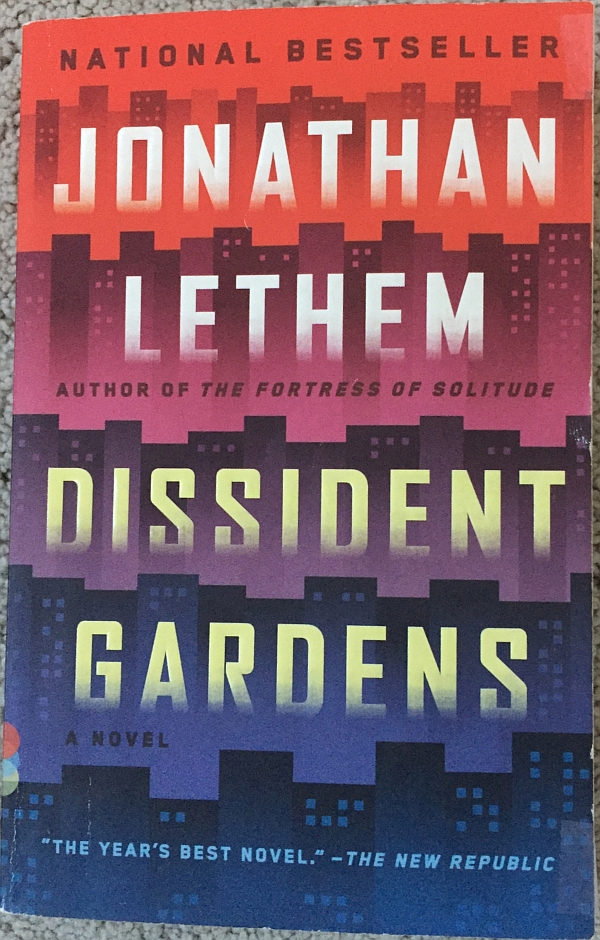
Bones Never Lie by Kathy Reichs, a May book, does not inspire re-reading, but the Bones books remain fun to read. They plug alone.
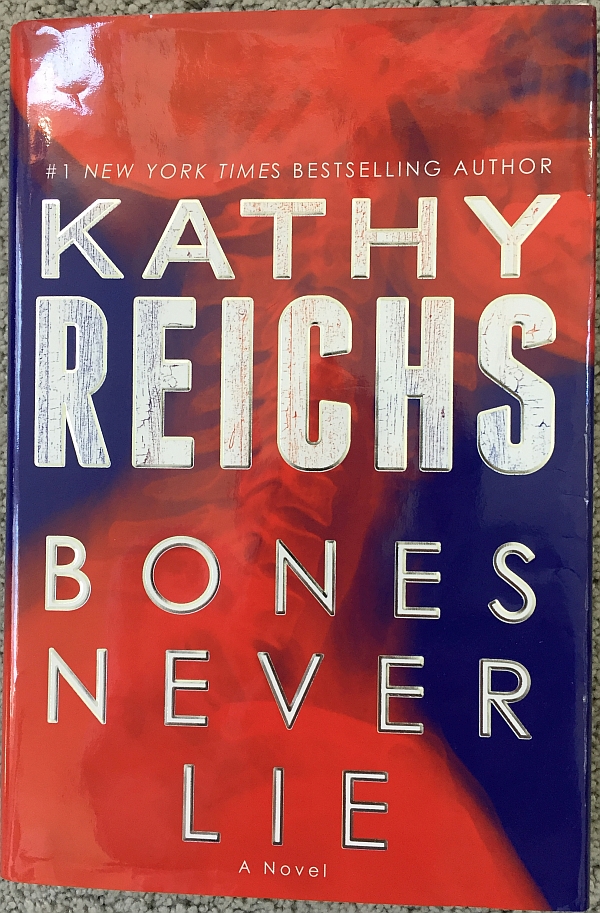
Headhunters is not a typical Jo Nesbo book. The Norwegian novelist is best known for his Harry Hole detective stories and other series novels. Headhunters is a bizarre story of deceit, theft, murder, revenge, and love that re-defines the concept of love.
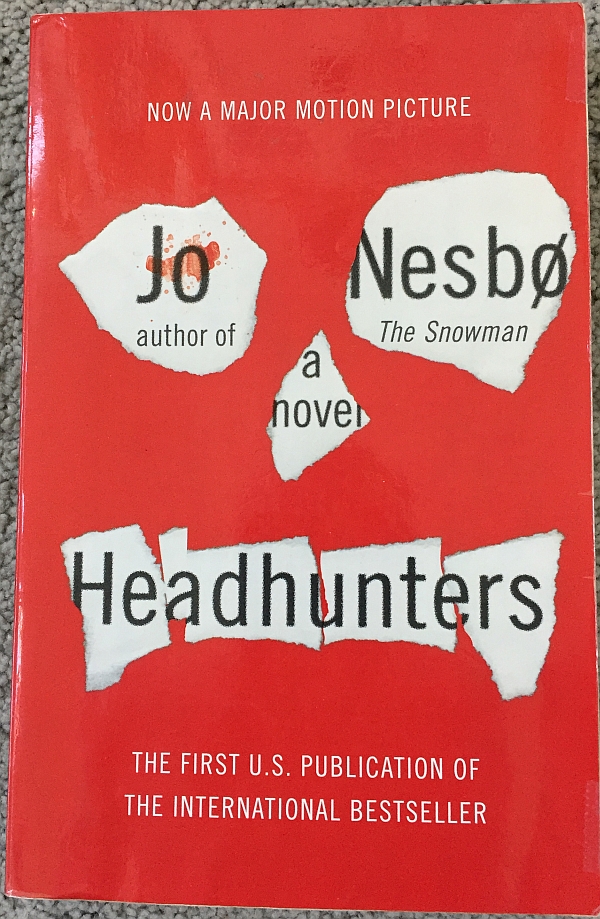
Chris Bohjalian's Water Witches is a story about our ability to sense our world. To find pockets of water underground by using a stick that moves in our hands. Dousing. For sure. But we can douse for anything. Bohjalian's rich story is a good place to start if you have doubts about this human capability.
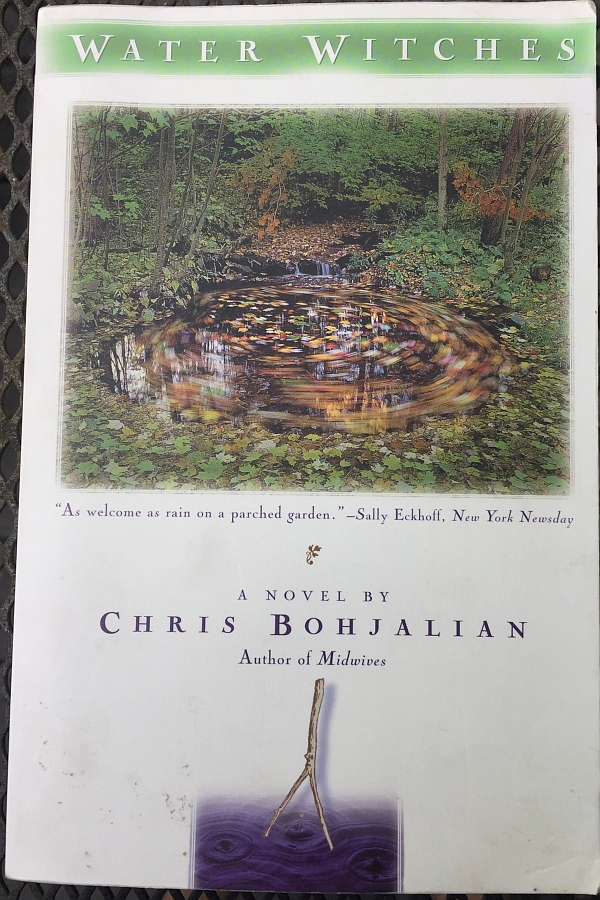
[July 15, 2020] [top]
$5 Turntable
The heart of my office music system is a Technics SL-1650 turntable.
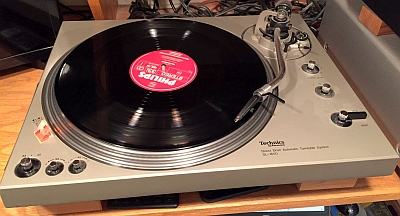 This semi-automatic, direct drive table was released in 1977. Specifications:
This semi-automatic, direct drive table was released in 1977. Specifications:
ultra low speed DC brushless motor, integral rotor/platter, one chip, 321-element IC, B-FG servo control principle, double isolated suspension system, automatic start, lift off and return, record change and shut off, accommodates up to 6 records, memo-gram dial programs record change, precision, low-friction tonearm, viscous-damped cueing, independent variable pitch control, hinged, detachable dust cover. It has an orange light that turns on when the platter spins, it has an s-shaped tone arm with detachable headshell.
The Technics direct drive turntables have retained their value. The better known 1200 tables were popular with disco club disc jockeys because the direct drive high-torque motor made scratching and instant cueing/starting tracks possible. They are durable and reliable and many units built in the 1970s are still in heavy use. Mine is. The semi-automatic 1650 is a less common kin of the 1200, which is manual only. The spindle that allows you to stack up to 6 LPs was missing when I acquired the 1650, and since I pretend to be an audiophile, I would never have used it anyway.
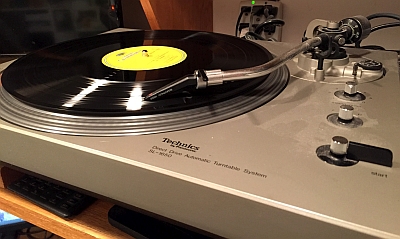 In the 1990s the turntable in my living room was either an old AR (late 60s) or even older Thorens TD 121 (late 50s). Not sure which one was running but neither was running well. On a warm spring morning I was out for a run. As I started up a shallow but long hill I spotted a yard sale on my left. I always stopped for yard sales. I turned off my watch, stopped running, and walked slowly into the yard. There it was - resting on a grassy slope above the driveway. I looked at it. And then I looked around. There were a half-dozen yard sale browsers and the owner of this turntable. Actually, it was her husband's, but he didn't want it and she was "getting rid of it" this morning. I asked how much. She said $5. I said I would take it but I didn't have any money on me. She looked at me. I considered my security deposit options: my shorts, shirt, socks, sneakers, or watch. I said "I can give you my watch until I get back." She took the watch. I was about 5 miles from home. It's likely that it was my fastest five miles of the week, but I didn't have my watch, so who knows. I drove back, got the Technics SL 1650 (and my watch). It was a classic win-win. She got $5 for a piece of junk and I got a $300-$600 (today's prices for a 1650) turntable for $5. Beyond the money (who cares) I now owned a terrific turntable that I never imagined I needed or wanted.
In the 1990s the turntable in my living room was either an old AR (late 60s) or even older Thorens TD 121 (late 50s). Not sure which one was running but neither was running well. On a warm spring morning I was out for a run. As I started up a shallow but long hill I spotted a yard sale on my left. I always stopped for yard sales. I turned off my watch, stopped running, and walked slowly into the yard. There it was - resting on a grassy slope above the driveway. I looked at it. And then I looked around. There were a half-dozen yard sale browsers and the owner of this turntable. Actually, it was her husband's, but he didn't want it and she was "getting rid of it" this morning. I asked how much. She said $5. I said I would take it but I didn't have any money on me. She looked at me. I considered my security deposit options: my shorts, shirt, socks, sneakers, or watch. I said "I can give you my watch until I get back." She took the watch. I was about 5 miles from home. It's likely that it was my fastest five miles of the week, but I didn't have my watch, so who knows. I drove back, got the Technics SL 1650 (and my watch). It was a classic win-win. She got $5 for a piece of junk and I got a $300-$600 (today's prices for a 1650) turntable for $5. Beyond the money (who cares) I now owned a terrific turntable that I never imagined I needed or wanted.
The cartridge on the 1650 when I picked it up was an ADC. I replaced it with a Denon DL 160, which is a high output moving coil cartridge that is now discontinued. In 2015 the table was completely re-conditioned by Mark Kruger (Mark Acoustics) and the DL 160 replaced with a low output Denon DL 103. After a great amount of wear from endless (it seems) triaging of my LP collection, which was over 20,000 and is now (maybe) under 10,000, I replaced the weary 103 with a custom build by Kevin Barrett (KAB Acoustics), an Ortofon OM30 in a Concorde Pro S headshell.
 The Outlaw RR2150 receiver is retro in many ways. I bought it new in 2014. Outlaw released an upgrade a year ago, model 2160, but I'm staying with the 2150. It has enough connection options to handle input from laptop, ipod (what's that old thing?), disc player, turntable, and tape player. It outputs to two sets of speakers plus a separate subwoofer connection. It has a headphone jack with its own volume control. FM and AM radio. Tone controls (rarely found today and maybe never on quality equipment). It even has a balance control.
The Outlaw RR2150 receiver is retro in many ways. I bought it new in 2014. Outlaw released an upgrade a year ago, model 2160, but I'm staying with the 2150. It has enough connection options to handle input from laptop, ipod (what's that old thing?), disc player, turntable, and tape player. It outputs to two sets of speakers plus a separate subwoofer connection. It has a headphone jack with its own volume control. FM and AM radio. Tone controls (rarely found today and maybe never on quality equipment). It even has a balance control.
 The disc player is a venerable and old "universal" Sony DVP NS755V, which can handle CDs, SACDs, and DVDs. This unit is the least replaceable of all the parts of my office music system. There are only a few universal players still being made. The entire disc business - CD, SACD, DVD - has been deprecated by downloading and streaming, which offer (perhaps) more convenience and better quality. The DVD feature allows me to hear an opera or ballet (or movie) through the Outlaw/KEF system while watching it on a large TV screen fed by the Sony.
The disc player is a venerable and old "universal" Sony DVP NS755V, which can handle CDs, SACDs, and DVDs. This unit is the least replaceable of all the parts of my office music system. There are only a few universal players still being made. The entire disc business - CD, SACD, DVD - has been deprecated by downloading and streaming, which offer (perhaps) more convenience and better quality. The DVD feature allows me to hear an opera or ballet (or movie) through the Outlaw/KEF system while watching it on a large TV screen fed by the Sony.
The cassette player is an Onkyo TA-RW544. This gets very little use. I have many tapes. Some are family memories.. Most are music that sounds better on any other medium.
Although the Outlaw's phono stage is fine, I use the Schitt Mani instead - amazingly inexpensive and amazingly good. The DAC is the Schiit Bifrost.
 The speakers are KEF LS50s, with an Outlaw M8 subwoofer. Remote speakers are Cambridge SoundWorks Ensemble, which consist of two satellites and two subwoofers. They cost $600 in 1997. The KEFs are audiophile darlings, competing with speakers costing 10 times their modest $1500/pair price.
The speakers are KEF LS50s, with an Outlaw M8 subwoofer. Remote speakers are Cambridge SoundWorks Ensemble, which consist of two satellites and two subwoofers. They cost $600 in 1997. The KEFs are audiophile darlings, competing with speakers costing 10 times their modest $1500/pair price.
The turntable in the Living Room System is the Rega P6.
The "6" model may be the sweet spot in the Rega line, not too expensive (about $1600) or too cheap. It has an outboard motor that isolates any noise (rumble, hum, screaming) from carrying to the plinth, platter, cartridge, stylus, arm, and so on.
The original cartridge was the Rega Exact 2 ($595). It was ok but met its doom at the end of a cleaning rag.
I replaced it with an Ortofon 2M Black. Analog guru Mike Fremer does not recommend the 2M Black for the Rega because of the former's shibata stylus and the latter's lack of adjustment for VTA and SRA. Mike is always right, but to my ears the 2M Black on the Rega P6 sounds absolutely fantastic.
 The integrated amp is the Sansui AUD77x. This is a retro piece that was not retro when it was new (unlike the Outlaw). I bought it in the 1970s in New York City. We lived in Brooklyn then. In addition to tone controls it has a 5-band equalizer plus low and high filters. It's been worked on twice, first by Mark Kruger and then by Joe Bukowski at Salem Hi-Fi.
The integrated amp is the Sansui AUD77x. This is a retro piece that was not retro when it was new (unlike the Outlaw). I bought it in the 1970s in New York City. We lived in Brooklyn then. In addition to tone controls it has a 5-band equalizer plus low and high filters. It's been worked on twice, first by Mark Kruger and then by Joe Bukowski at Salem Hi-Fi.
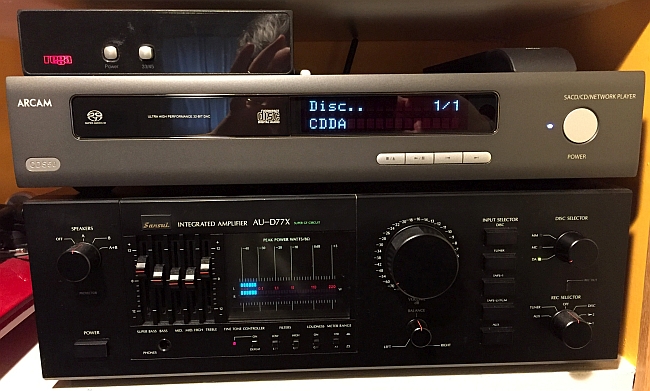 The disc player is the Arcam CDS50. In addition to playing CDs and SACDs, the Arcam can be connected to a network via a built-in wifi antenna. It also features a built-in 32-bit/192kHz DAC.
The disc player is the Arcam CDS50. In addition to playing CDs and SACDs, the Arcam can be connected to a network via a built-in wifi antenna. It also features a built-in 32-bit/192kHz DAC.
The speakers are Omni OM-5. They are 54 inches tall and weigh 92 pounds. They came out in 2001 and cost $3500. I bought them perhaps in 2005 (not sure) as floor-models for $2000 (or $2100, not sure). They are omni-directional, so there is no real "sweet spot" - the entire living room is a sweet spot. True audiophiles would laugh at that idea, but I don't care. These are great speakers.
The OM-5 has a powered woofer. It uses a MOSFET (Metal Oxide Semiconductor Field Effect Transistor) power amplifier technology called Pulse Width Modulation (PWM), which produces 250 watts of power. The drive units are two 1-inch tweeters, two 4.5 inch mid-range speakers, and two 8-inch woofers.
The Rega, Ortofon 2M Black, and Arcam are new and somewhat high-end pieces of equipment. The Sansui is over 45 years old and the Omni almost 20. Vintage Sansui amps have some appeal in the "vintage" hifi world, and this amp is gorgeous to look at and can pump out plenty of power to drive the Omni speakers, which demand a lot of watts. Unfortunately, these speakers don't get any love from the vintage world, though I love them.
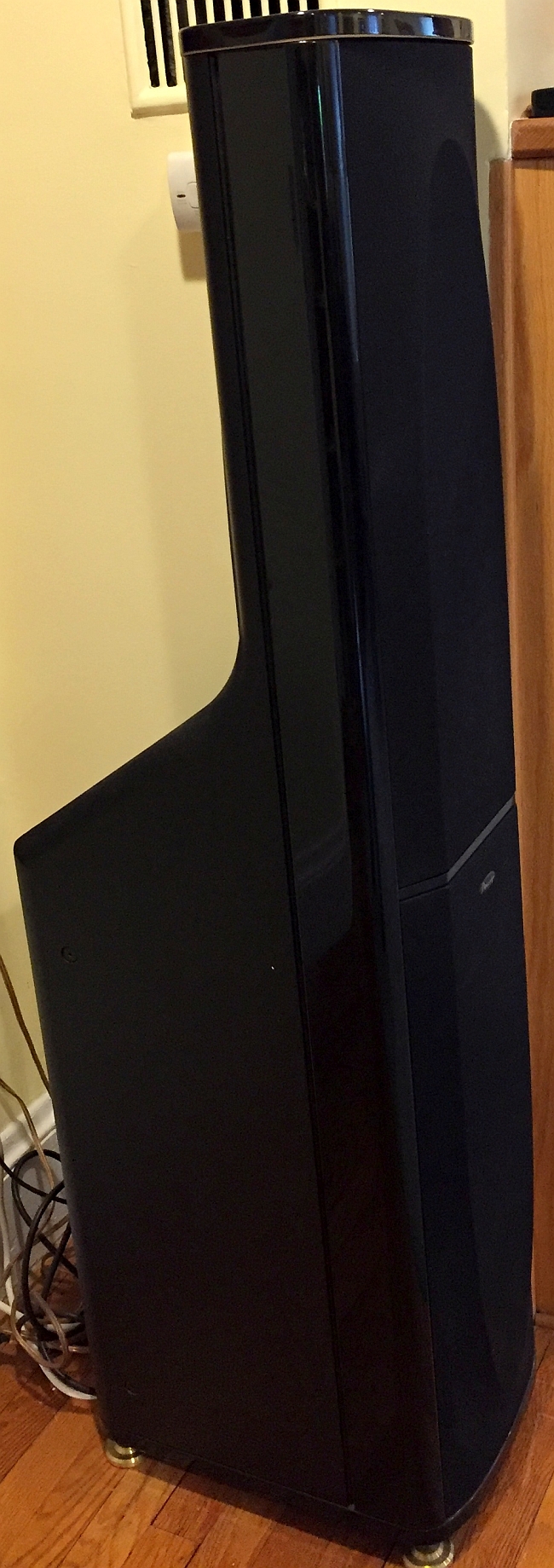
[May 24, 2020] [top]
April Books
After reading Cold Sassy Tree in March it was an obvious choice to read Leaving Cold Sassy, the unfinished sequel by Olive Ann Burns. She had created a rich set of characters and we wanted to see how their lives evolved. Burns wanted to see how they evolved too! But she was a slow writer who re-wrote more than she wrote and was beset by distractions. And she kept changing her mind about how those characters would live out their lives. And she died with the sequel half done, with scattered notes and paragraphs that suggested where the novel was going. Or not. Despite its lack of an ending, Leaving Cold Sassy at 177 pages is "complete" in the sense of being "worth reading."

The last 132 pages of Leaving Cold Sassy are a reminiscence of Burns by her editor, Katrina Kenison. I had no intention of reading this, until I started reading it. Olive Ann Burns was more fascinating than even the fictional characters she created. If you read Cold Sassy Tree, be sure to follow the "story" to the end, with Kenison's "true story" of Burns.
I miss Robert Parker's Spenser books. They were light, well-written, and featured an ensemble cast that Parker trotted through the stories with wit and just enough drama. I've read all of them but there will be no more. I tried the "franchised" Spenser novels but they were missing Parker's skill.
The "Bones" novels by Kathy Reichs have some of the Spenser qualities. The writing is not at Parker's level but it's ok. The ensemble cast does not approach the Spenser regulars, and Temperance Brennan, who is the forensic anthropologist modeled after the author, is good but not as good as Spenser. Oddly enough, the Bones TV series had a brilliant ensemble cast and brilliant Temperance (Emily Deschanel). But forget my whining - the Reichs Bones novels are fun to read, and they fill the "light" gap left by Parker and Elmore Leonard.
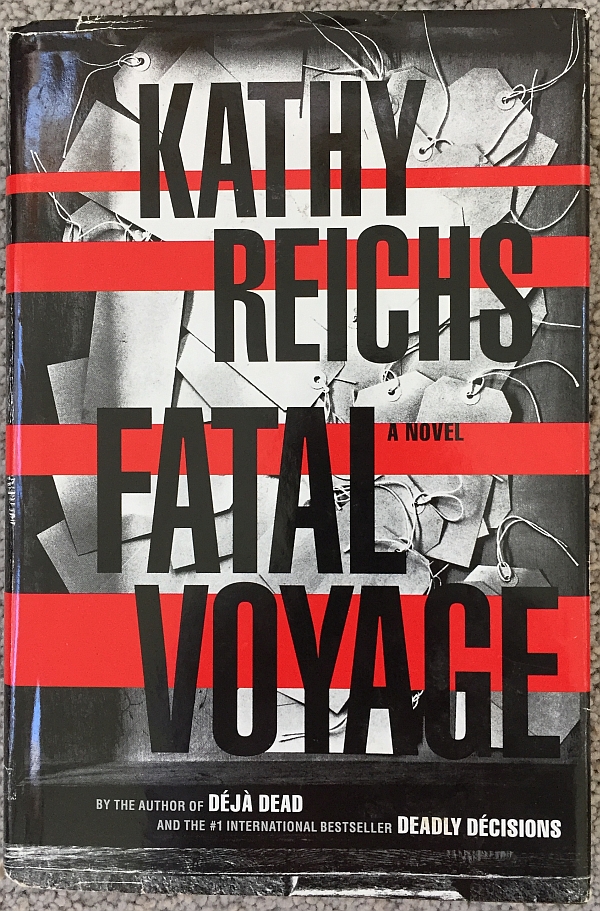
After the unexpected seriousness of the two Burns books, I needed a break. Fatal Voyage by Kathy Reichs was just right. Sure, it was 350 pages about a devastating plane crash and the discovery of cannibals in North Carolina (today!), but we knew all problems would be solved. After all, it's a series.
John Irving writes sagas. I'm reminded of John Barth's novels, especially the two big ones - Sot-Weed Factor and Giles Goat Boy. A Widow for One Year (592 pages) is Irving's saga of a 16-year old boy and his 39-year old lover as they live their lives apart after their single summer lovefest, before meeting up again 37 years later, still in love with each other. They both disappear from the book for many 100s of pages, but Irving's gift is to create people, scenes, and plots that connect with the "big story" yet stand alone. They bring their own laughter and tears to the reader. Saga.
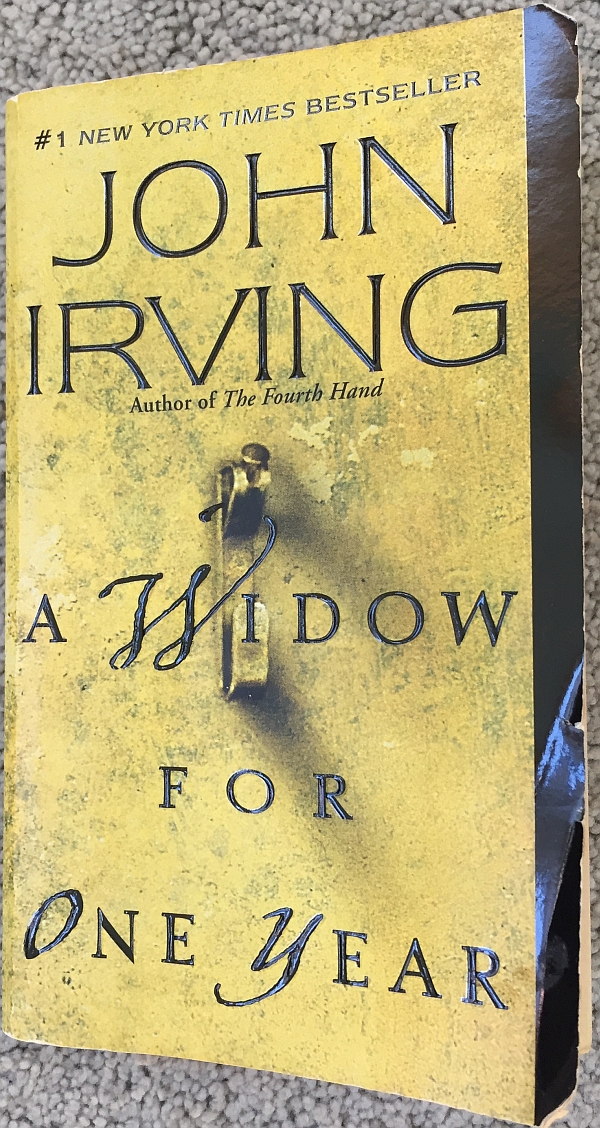
I was holding Stephen King's The Institute (557 pages, published November 2019) for a long summer read, but then I saw that his new book, a collection of shorter stories and novellas, has been published. Cannot fall behind the King Machine!

It's vintage King. If you loved the older books, you will love this one. With one exception - if you wear a MAGA hat, you'll feel that King is being critical of Donald Trump in a few passages. He is. I thought those were among the book's many highlights.
These books were my companions from the end of March to May 1. Call it April. The coronavirus limits many activities, including school, work, shopping, hanging out with friends. But reading is still ok. Finally, many thanks to Sharon Yu and Bob Whirty for commenting on my last "reading post" and especially to my high school classmate Susan Pearce (once known as Susie) for her suggested books.
[May 3, 2020] [top]
Cold Sassy Tree and more
It's late March, 2020, and I've read five books so far this year. I don't have a set "reading time" and I'm a slow reader. Here they are, from most to least recent.
Cold Sassy Tree was written by Olive Ann Burns and published in 1984. The story is set in a small Georgia town with strict religion-infused mores and three strata of citizens -- poor whites who are mostly farmers, poorer whites who work in cotton mills, and yet even poorer blacks, who are mostly servants. Burns tells the story through the voice of a 14 year old boy (Will), and the dialog is a dialect that requires careful reading. For example, "Cudn Hope" refers to Cousin Hope (I think!).
The story is about the struggle of the town's patriarch (Rucker) and his grandson (Will) to challenge those mores while staying within them, each in his own way. And it's the struggle to understand God's intent with Man. Will understood it this way: "When Jesus said ast and you'll get it, He meant things of the spirit, not the flesh. Right now, for instance, I could ast, 'Lord, please raise Grandpa from the dead,' but it wouldn't happen. But I can say, 'Please, God, comfort me,' and I'll get heart's ease. Grandpa said Jesus meant us to ast for hope, forgiveness, and all like that. Ast, 'Hep us not be scared, hep us not be greedy give us courage to try.''"
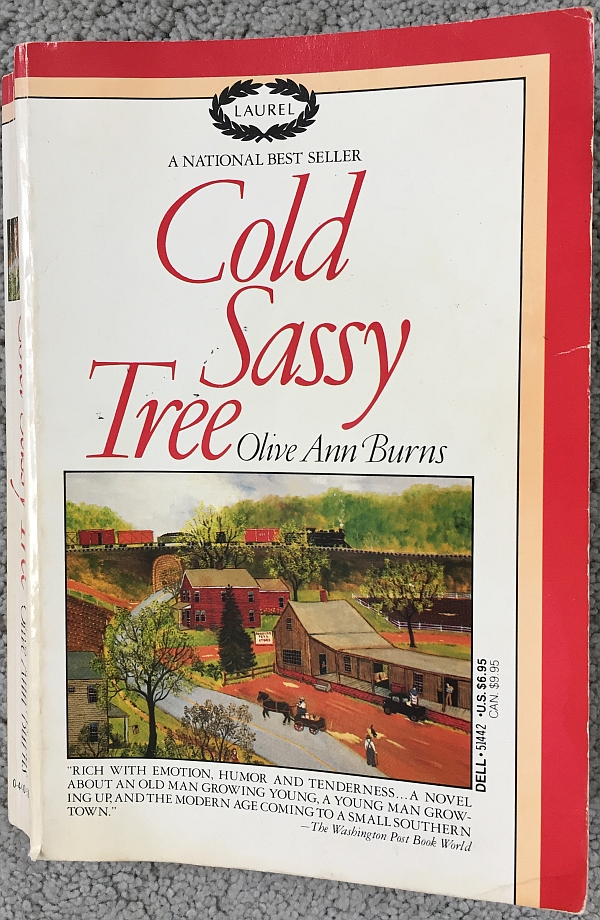
Life Is Funny by E.R. Frank was published in 2000. Frank is a clinical social worker and psychotherapist who writes about 11 Brooklyn high school students of various races, cultures, and voices (speech patterns). The book is episodic and gripping. The stories of the 11 continually overlap. We see the connections of their lives, and perhaps we see how our own lives mingle with so many others. And we don't know it.

I saw the first 4 (or maybe 3) Harry Potter movies in the movie theater. For some reason, I never saw the rest of them. And I had never read the books. They are fun to read, and written well. I began with the first book last year, and I'm careful to space them out, so that this month it was time for the 3rd book, Harry Potter and the Prisoner of Azkaban.

The first two books of the year, Year of the Tiger by Jack Higgins, and Elmore Leonard's Split Images are sirplane and travel books, at least for me. They were part of our trip to San Diego and back in January. Books in this category ideally fit in a top pocket of my backpack, don't weigh much, and can be read when there are distractions (airplanes, strange houses, odd hours).
Higgins is total airplane mode. And despite the cover blurb from Tom Clancy, I've never read Clancy nor plan to. I found about 10 Clancy novels on my shelves recently and donated them to a Used Bookstore.
Leonard is a not so hidden pleasure. I've read almost all his books, and I'm lucky to have a few still to read.

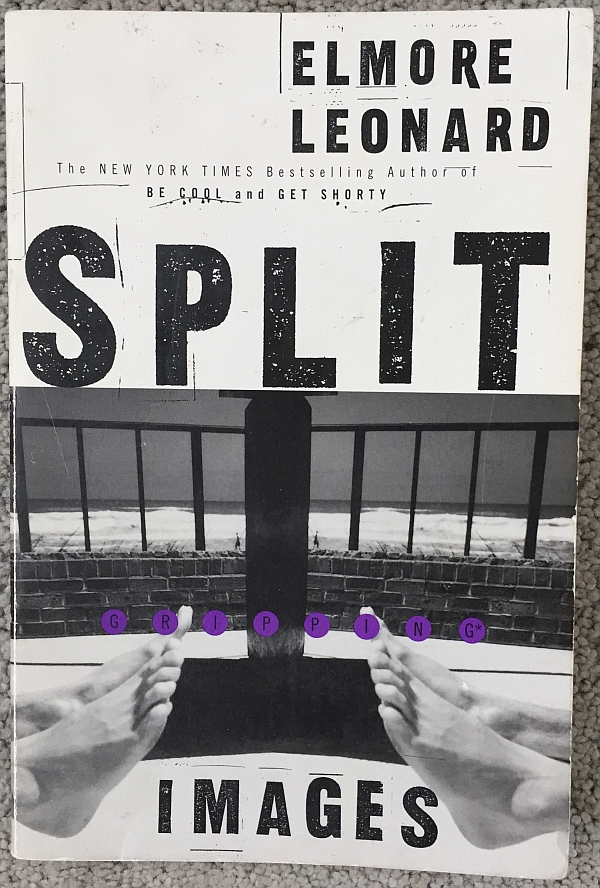
[March 23, 2020] [top]